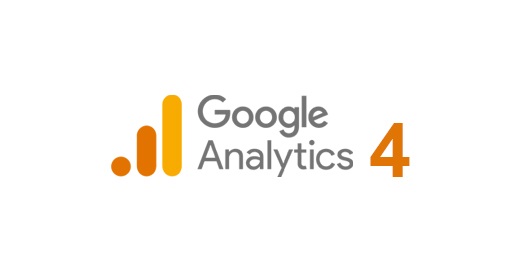
Some site owners pay lots of attention to their Google Analytics account, and some have a marketing person to take care of it for them. No matter where you fall on that spectrum, you need to pay attention to what’s going on with Google Analytics over the next few months and make sure your site is ready for an Analytics transition that will affect all of us.
What is GA4?
In one sense, GA4 is just the newest version of Google Analytics tracking, but it’s so radically different from past versions that it might as well be considered a brand new tracking platform. Today we’re going to look at what you need to know about the platform and how to make sure your Analytics account doesn’t go dark on July 1, 2023; the deadline for upgrading to the new system.
Switching to GA4
If you’re using Universal Analytics today, you’ll want to start the migration process ASAP. The deadline is a few months away, but if you have any issues with migration, you’ll have time to solve those issues without a potential loss of data. Google’s migration guide is where you want to start. Placing the new code on your site is simple and intuitive. Recreating your current conversion events is a little less intuitive.
Creating Conversion Events
First let’s discuss conversion events other than ecommerce sales. If your conversion events are things like form submissions or button clicks, you’ll want to look at how they are built in Universal Analytics (UA) and see if you can use that infrastructure in GA4. For example, if you have an onclick event set up in Google Tag Manager that fires a conversion in UA, it will probably work in GA4 as well.
There are lots of good tutorials on setting up tracking events using Google Tag Manager if you need some guidance. One quick tip is that in GA4, you don’t need the older ‘category, action, label, value’ setup to create an event, you essentially just name the event and set up a trigger. Again, you can find many tutorials on setting up GA4 events, so we don’t need to rehash it in detail here.
Ecommerce Tracking in GA4
Ecommerce tracking couldn’t be easier in Universal Analytics. Google essentially boiled it down to a single setting. Nearly all installations just needed the ecommerce tracking setting ‘on’ and they were complete. Unfortunately, GA4 takes us back to the bad old days of creating custom code to get your ecommerce sales to show up in Analytics. If you work with a web developer, start the ecommerce tracking conversation now. Google provides plenty of documentation on how to configure your code, but you need to build and test it, which can take time.
Do I Need This Much Lead Time?
In some cases, you may follow the GA4 installation instructions perfectly and the platform still tracks your traffic / leads / sales incorrectly. One quick and easy way of catching this problem is having both Universal Analytics and GA4 running at the same time. If you have two data sets, it’s easy to see if they match up (90% or better). If you’re seeing tracking problems between the two data sets, you know there is a problem to fix.
Tracking can be confusing even in the best of times, so make sure you’re not making these changes the last week of June 2023. Jump in your GA4 tracking today and make sure you’re prepared.

